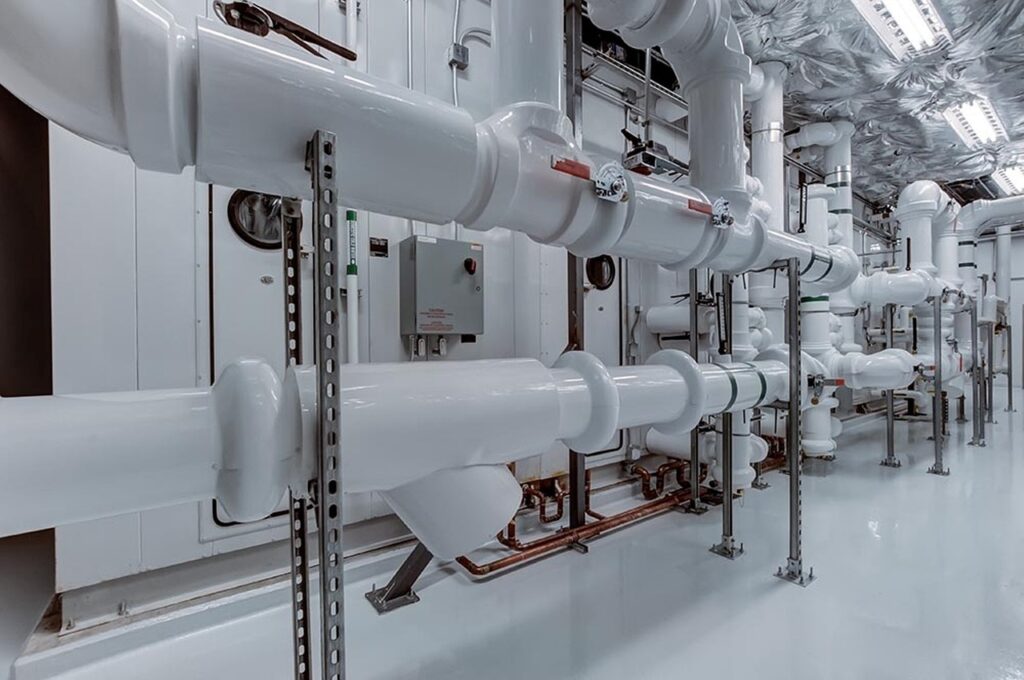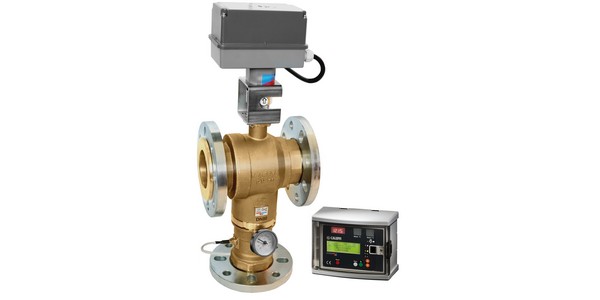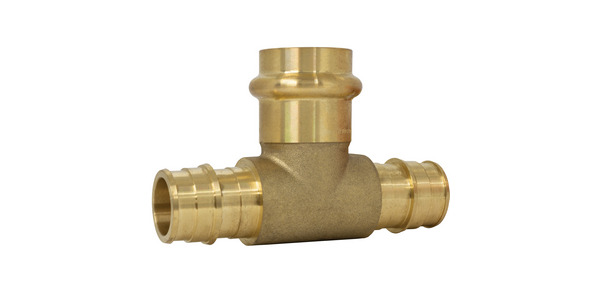 Commercial building owners are always seeking innovative ways to make facilities more efficient and improve performance. As it relates to plumbing efficiencies, many buildings continue to lean into sustainable practices and products to reduce energy and emissions, providing added savings, while showcasing efforts through awards or LEED points. The following plumbing efficiency areas are experiencing the most growth:
Commercial building owners are always seeking innovative ways to make facilities more efficient and improve performance. As it relates to plumbing efficiencies, many buildings continue to lean into sustainable practices and products to reduce energy and emissions, providing added savings, while showcasing efforts through awards or LEED points. The following plumbing efficiency areas are experiencing the most growth:
Sustainable practices: Adopting electrification trend in plumbing to reduce cost, emissions
Building owners and plumbing contractors are both equally aware of changing municipal and federal regulations, as well as a growing list of incentive offerings encouraging compliance and promoting sustainable practices. To tackle these new regulations, commercial clients have become increasingly focused on decarbonization and electrification to mitigate the effects of climate change by reducing the use of greenhouse gases, which also makes facilities more efficient and cost effective.
Many commercial building owners and facility managers are shifting from gas-powered to electrified equipment for added cost savings, but also to comply with changing regulations. Heat pumps provide both heating and cooling to keep the home or building environment comfortable using electricity as its energy source. This eliminates carbon emissions at the point of use, and as the national energy grid moves to cleaner, renewable sources, helping with the overall reduction of carbon emissions across the country. Rebates, grants and tax credit programs provided by federal and local governments have also made this shift easier. In addition, many manufacturers have expanded training programs on this growing product sector, allowing more contractors to efficiently install these products for commercial customers.
Sustainable products: Plumbing products that hit efficiency goals
One example of a sustainable product being leveraged is heat pump water heaters. Becoming increasingly popular due to energy efficiency and operational cost savings compared to traditional water heaters, HPWH are quickly becoming a leading product for commercial installs. Since HPWH are significantly more energy proficient than traditional water heaters, installing HWPH results in substantial operational cost savings, decreasing energy costs for the building owner over the lifetime of the unit.
Many utility companies and local governments offer rebates or other incentives for business owners who switch to heat pump water heaters, which can help offset the initial cost of installation. The latest generation of heat pumps incorporates new technologies that offer better heating capacity at colder ambient temperatures, which means these newer heat pumps can operate longer into the colder months than previously available heat pumps, which further reduces the use of carbon-emitting energy sources.
While an HPWH provides many benefits, certain plumbers note that it may not be ideal for every commercial setting and still want to provide a mix of efficient gas options for customers. For example, high-efficiency commercial gas water heaters remain popular due to their energy efficiency and cost savings compared to traditional gas units. High-efficiency gas water heaters are also a very durable solution for businesses to implement that will serve them well over time.
Building cachet: How to leverage efficiencies
Recognition and awards, such as Leadership in Energy and Environmental Design, have been a huge incentive to adopt environmentally conscious products and practices to lower energy and emissions. LEED certifications are based on a point system, the higher the point the higher ranking you are within the LEED system. Certified (40-49 points), Silver (50-59 points), Gold (60-79 points) and Platinum (80+ points). According to the LEED website, an HPWH will contribute up to 3 points toward an overall LEED score.
Plumbing contractors and commercial building owners can highlight that LEED certifications provide benefits including overall better building performance, lower operating costs and greener comfort. Buildings showcasing LEED programs are often viewed as environmental leaders in their category through their approach to energy conservation and innovation. By becoming well-versed in LEED practices, businesses, and contractors supplying those businesses, can demonstrate a commitment to sustainability.
Plumbing efficiencies in commercial buildings are one area where sustainable products and practices can have a significant impact on the facility’s energy and emissions, as well as provide cost savings. Incorporating sustainable plumbing products and practices can provide commercial building owners with added savings, increased cachet and a competitive advantage in the marketplace.
By being able to help building owners make these investments in sustainability, plumbing contractors are helping to improve the performance of facilities, while reducing their environmental impact. This highlights the critical role contractors play as they are more than just a vendor providing a service, repair or adding a new unit. Instead, plumbing contractors are go-to partners who offer thoughtful solutions that are cost-effective, durable and sustainable — providing long-term positive impacts.
Godfrey Vaughn is a product support specialist for Rheem Manufacturing’s Commercial Water division.





